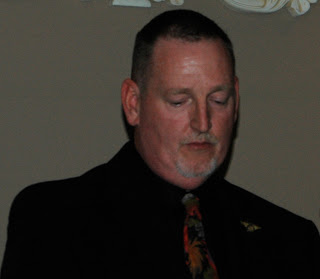 How long will it be before the evolution of hybrid and alternate fuel vehicles changes the way we open vehicles and extricate trapped occupants? Will the cutting and tearing, muscle and sweat of hydralic tools become a thing of the past?
How long will it be before the evolution of hybrid and alternate fuel vehicles changes the way we open vehicles and extricate trapped occupants? Will the cutting and tearing, muscle and sweat of hydralic tools become a thing of the past?Interesting questions: no clear answers. The point, though, is that hybrid and alternate power vehicles have construction features and hidden hazards that will make traditional methods of disentanglement obsolete if not a potentaly harmful to the rescurer.
We shouldn't be suprised by this prediction...after all, we've seen changes in automobile construction that spured tactical changes before. You may remember at time when you could cut into a vehicle, gain a purchase point and move metal with some predictability. Perhaps those cars build prior the the 1980's fit here. After 1980, cars seemed to scale down and we saw less steel and more plastic. Frame construction changed as well as location of fuel lines. Plastic replaced steel in dashboards and crumple zones became an industy standard. Not long into the 80's traditional bumbers evolved (disapeared) and the airbag with its deployment system began to evolve.
From metal to plastic, frame to unibody, bumper to airgag, responders have adjusted thier extrication tactics and tecniques to fit the situation. Hybrind and alternate fuel vehicles represent the next generation of chage. The adjustment, however, will need to factor in hazards associated with the vehicle in evreyday conditions...not just in crash situations.
Perhaps the bigest concern is the use of high voltage electrical systems througout hybrind and alternalt fuel vehicles. These electrical systems are often hidden within the vehicle structure and rescures are advised not to cut into them. The charge and discharge time of an electrical system varries widly with vehicle manufacturer and the rescuer should consider the system "live" during extrication efforts. The location and potential hazard of high voltage cables have created "no cut zones" and limit the use of traditional operations such as roof removal and a dash roll-up. Even lifting a stearing colum may have to be avoided. Vehicle stabilization operations may also have to change as electrical system components become exposed during collision. The simple act of box cribbing under hybrind vehicles could expose rescures to damaged, live electrical conduting systems.
While we'll see less petrolium (gasoline) product, larger battery systems, high voltagae converters, additional acids, and fuels such as hydrogen will add another dynamic to controling hazards.











